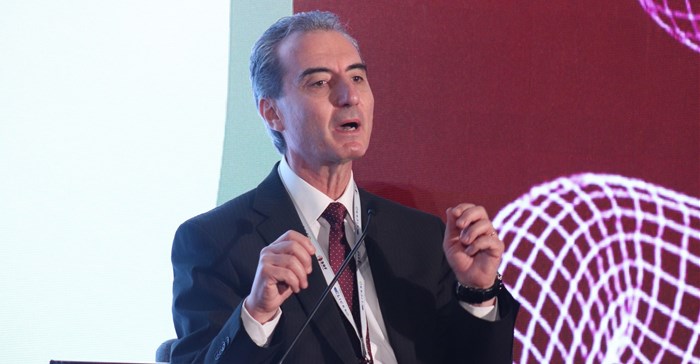Trending




 Does anyone know what content is any more?Justine Drake
Does anyone know what content is any more?Justine Drake
Elections 2024
Egypt's Social Health Insurance - a stepping stone to UHC

Egypt's national health insurance is characterised by the integrated functions of purchasing and service delivery and a highly centralised administrative and financial structure, while the government provides free healthcare services for uninsured population through several coverage programmes. There's a mix of health financing options including Social Health Insurance (SHI), general government revenues, private health insurance and others. The country has a fragmented fund pool and mixed provider payment mechanisms, as line item budget, fee for service, per diem and case-based payment.
First steps to UHC
The first steps to adopting the social health insurance system were made in 1964 and Health Insurance Organisation (HIO) was the outcome of many laws started in the early decades of the 20th century.
In 1965, its first year, HIO had 140,000 beneficiaries, representing 0.5 % of the population. By the end of 2017, it had 54.1-million beneficiaries out of a population of 95.6 million, representing 58.8 % of the population.
Challenges and lessons learned
It’s important to acknowledge that financial instruments for healthcare differ across countries. We need to recognise that we cannot implement a social health insurance plan outside of other components of the health system such as governance, health workforce, medical products and technologies, information system, research and service delivery.
A health insurance programme needs to been in control of primary healthcare services, so it acts as the gate keeper to avoid unnecessary referrals to higher levels of care (secondary and tertiary).
One of the main challenges in Egypt has been providing healthcare coverage for 54-million people, while limited automation of the information system in both purchasing as well as service provision functions restricts control on fraud, abuse and overutilisation of services.
We still have challenges with the health workforce, where physicians prefer to work in big cities and urban areas, while nurses do prefer working in rural areas rather than big cities.
In some population groups, financing is inequitable as the high-income families paid a much lower percentage of their income as contribution to health insurance, while the poor paid higher percentage of their income as contribution to health insurance, for example, coverage of children under seven years and school students what is known as regressive financing. We realised this and correction was considered in the new social health insurance law which was approved last January.
A direction, not a destination
Universal health coverage (UHC) should address the three most important dimensions of coverage, namely population, services and costs, so that to provide all people with access to needed health services of sufficient quality to be safe and effective and ensure that the use of these services does not expose the user to financial hardship. Of importance, is to recognise that social health insurance should be looked at as a stepping stone to UHC, and we need to think of UHC as a direction and not a destination. UHC is an ongoing process, where we continuously apply learnings to improve the system to ensure achieving national-based healthcare reform. In Egypt, the new social health law has been designed to be the financial instrument for the implementation of universal health coverage.
Interestingly, we have learnt the important role of the media as a partner to the UHC implementation plan, through its support of the health reform. We now have media communication strategy to engage media around the different elements of the new law and what it means for the country. We are still working towards moving from the line item budget and fee for service as provider payment system to capitation and case based payment.
Egypt realised the importance of the health technology assessment for the implementation of UHC, as there is no UHC without priority settings and no priority settings without health technology assessment.
The current health insurance has limited partnership with private sector as service provider, yet the situation will be different in the implementation of the new law with strong and effective engagement of the private providers.
The new system
In January 2018, Egypt approved the new social health insurance law which is considered as a reform of the whole health system. The new system is characterised by covering all population, defragmentation of the fund pooling as well as the public service provision, and separating the purchasing function from delivering the services which improves the efficiency, quality, accountability and responsiveness to people needs.
The founding principles of the new SHI are based on need rather than ability to pay, and the two main pillars of SHI are compulsion of enrollment and subsidisation of the poor. With the new Egyptian social health system everyone is enrolled on the system, and no one can opt out. Government has committed to cover whoever is not able to pay for healthcare. While health financing is the lynchpin of UHC reform, we also need to address other components of the health system for the reform to be effective and successful.









